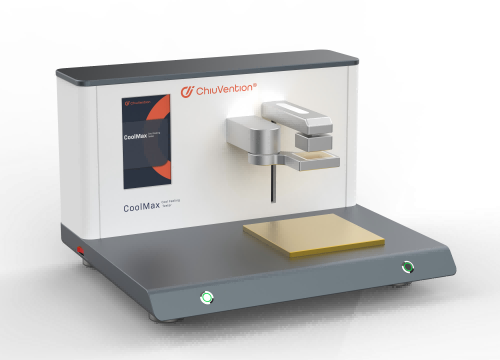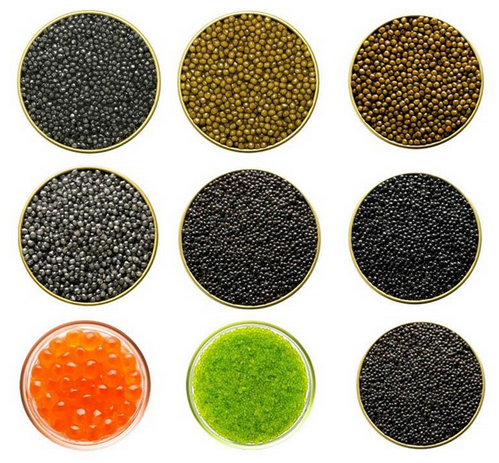Cool touch fabrics have gained significant attention in the textile industry, particularly for their ability to provide comfort in hot weather. These innovative materials are designed to create a cooling sensation when they come into contact with the skin, making them ideal for various applications. This article explores what cool touch fabric is, its applications, and how to test its cooling effect.
What is Cool Touch Fabric?
Cool touch fabric refers to textiles engineered to provide a sensation of coolness upon contact with the skin. This effect is achieved through various technological advancements in fabric construction and finishing processes.
Characteristics of Cool Touch Fabric
- Heat Conductivity: Cool-touch fabrics often incorporate materials that have high thermal conductivity. This allows the fabric to quickly absorb and dissipate heat away from the skin, creating a cooling sensation.
- Moisture Management: Many cool-touch fabrics are designed with moisture-wicking properties that draw sweat away from the body, facilitating evaporation and enhancing the cooling effect.
- Specialized Yarns and Coatings: Manufacturers may use specialized yarns or apply coatings that enhance the fabric’s ability to feel cool. For example, some fabrics incorporate nano-cooling technologies or specific additives that lower the fabric’s surface temperature.
- Breathability: These fabrics often feature breathable constructions that allow air circulation, further contributing to comfort during hot weather.
- Softness and Comfort: In addition to their cooling properties, cool-touch fabrics are typically soft and comfortable against the skin, making them suitable for clothing and bedding.
Applications of Cool Touch Fabric
Cool touch fabrics are versatile and find applications in various sectors:
- Activewear: Athletes and fitness enthusiasts benefit from cool touch fabrics in sportswear, which help regulate body temperature during intense workouts by keeping the wearer dry and comfortable.
- Sleepwear and Bedding: Cool touch technology is increasingly used in sleepwear and bedding products such as sheets, pillowcases, and blankets to enhance comfort during sleep, especially in warmer climates.
- Casual Wear: Many clothing brands incorporate cool-touch fabrics into everyday apparel, providing consumers with comfortable options for summer wear.
- Outdoor Gear: Outdoor clothing designed for hiking, camping, or other activities often utilizes cool touch fabrics to ensure comfort during prolonged exposure to heat.
- Home Textiles: Products like curtains and upholstery can also be made from cool touch materials to improve indoor comfort by reducing heat retention.
- Medical Textiles: In healthcare settings, cool touch fabrics can be used in patient gowns or bedding to enhance comfort for patients who may experience heat sensitivity.
How to Test the Cool Touch Effect of Fabric
Testing the cooling effect of fabrics is essential for manufacturers to validate their claims regarding performance. Various methods are employed to assess how well a fabric provides a cooling sensation upon contact with skin:
1. Qmax Testing Method
The Qmax test measures the maximum heat flow from a heated surface (simulating human skin) through the fabric into an underlying cold plate. The higher the Qmax value (measured in W/cm²), the greater the cooling sensation provided by the fabric.
- Procedure:
- Place a sample of the fabric on a cold plate.
- Position a heated plate above it at a temperature similar to human skin.
- Measure the heat flow through the fabric over time.
- Interpretation: A higher Qmax value indicates better cooling performance.
2. Human Try-On Method
This subjective method involves wearing the fabric under controlled conditions and assessing its cooling effect based on personal experience.
- Procedure:
- Participants wear garments made from the test fabric.
- They report their sensations of warmth or coolness after a specified period.
- Consideration: While this method provides real-world feedback, results can be influenced by individual perceptions and environmental factors.
3. Artificial Skin Simulation Method
This method uses synthetic materials designed to mimic human skin’s thermal properties for more objective testing.
- Procedure:
- The fabric is placed against an artificial skin surface heated to simulate body temperature.
- Temperature changes are measured after contact with the fabric.
- Advantages: This method eliminates variability associated with human testing, providing more consistent results.
4. Moisture Management Testing
Since many cool touch fabrics also feature moisture-wicking properties, testing their ability to manage moisture can contribute to understanding their overall cooling effect.
- Procedure:
- Measure how quickly moisture is absorbed by the fabric and how effectively it evaporates.
- Outcome: Fabrics that wick moisture away efficiently will enhance cooling sensations by keeping the wearer dry.
Conclusion
Cool touch fabrics represent an innovative advancement in textile technology, offering enhanced comfort for consumers in hot weather conditions. Their unique characteristics—such as high thermal conductivity, moisture management capabilities, specialized yarns, breathability, and softness—make them suitable for various applications including activewear, sleepwear, casual clothing, outdoor gear, home textiles, and medical textiles. Testing methods such as Qmax testing, human try-on assessments, artificial skin simulations, and moisture management evaluations are vital for validating claims about these fabrics’ cooling effects. As demand for comfortable and functional textiles continues to grow, cool touch fabrics will likely play an increasingly important role in product development across multiple sectors.
For more information on textile testing methods/standards
or textile testing machines, contact us:
What’s App: +86 180 2511 4082
Tel: +86 769 2329 4842
Fax: +86 769 2329 4860
Email: sales@chiuvention.com






